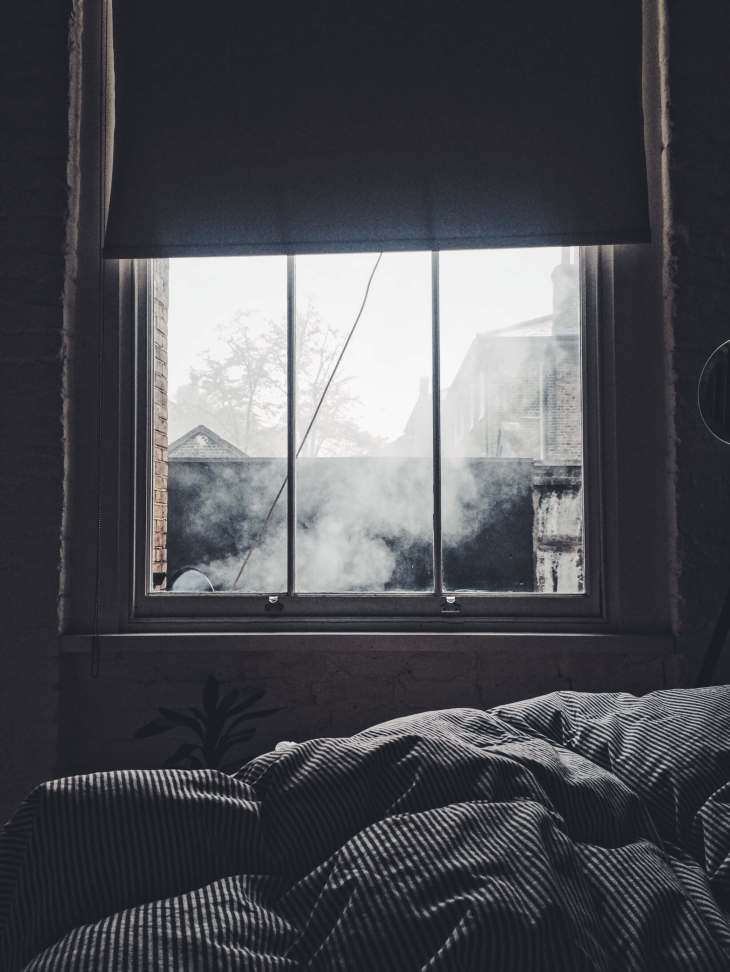Feeling Sick Lately? Your Air Could Be Your Problem.
You’re feeling under the weather. The onset of a cough or cold signals something’s not right. It could be you’re too stressed out with work, finances, and many other things that are running through our minds every single day.
We have been taught about the traditional and modern ways to alleviate sickness. We’ve got medicines in our bags that we can pull out as soon as we feel the signs – but this is not enough.
We then resort to resting in our homes, thinking this lessens the chance of getting sick. What most people do not know is that our home is not as safe as we thought it could be because of air pollution and invisible air pollutants that we haven’t got the slightest idea about.
Indoor Air Quality and Air Pollution
Indoor air quality is the air quality within and around buildings and structures, as it relates to the health and comfort of the people living inside your home. Breathing quality indoor air is extremely important for good health. Our previous article talks about indoor air pollutants that consist of toxic gases or particles that can harm you and your children’s health.

The United States Consumer Product Safety Commission shows that indoor levels of pollutants maybe 2 to 5 times higher than the outdoor air pollutants. People spend most of their time indoors, and high indoor exposures pose a great risk to our health.
Physical conditions and factors like age, pre-existing medical conditions, and individual sensitivity play a role in how people react to air pollutants.
These pollutants are present in the soil, water, air, food, plants, and animals, and even on and within our bodies.
Mothers might not even be aware that they are actually contributing to the pollution. Home activities like cooking, heating, cleaning, and redecorating can cause these bacteria to spread in our homes.
In our previous article, some common indoor biological pollutants are:
- Animal Dander (minute scales from hair, feathers, or skin)
- Dust Mite and Cockroach parts
- Infectious agents (bacteria or viruses)
- Pollen

Protecting Our Homes from Air Pollution
Our homes, even if we regularly clean it, can be home to bacteria as well. These biological pollutants can grow rapidly especially in moist areas like the bathrooms, wet basements, and wet appliances like humidifiers and air conditioners, carpets, and furniture.
Here are specific reasons why you could still having air problems at home:
- Not having enough ventilation, the lack of fresh outdoor air or contaminated air being brought into the building;
- Poor upkeep of ventilation, heating, and air-conditioning systems;
- Dampness and moisture damage from leaks, flooding, or high humidity;
- Occupant activities, like construction or remodeling; and
- Indoor and outdoor contaminated air
- Dirty central heating and air cooling equipment
- And areas where books, shoes, or other items become moldy
These become a breeding ground for bacteria when these areas of our homes are not properly and thoroughly cleaned regularly.
As moisture can build up homes to these microorganisms that could go airborne as well. These can lead to a multitude of breathing problems, including a potentially fatal infectious pneumonia, Legionnaire’s disease.

Effects of Having Poor Indoor Air Quality
Health effects from indoor air pollutants can be experienced soon after exposure or even, years later. The effects range from short-term which is eye and throat irritation, to long-term diseases such as respiratory disease and cancer.
Being exposed to these biological pollutants can result in immediate death. Scientists have ranked poor indoor air quality as one of the most important environmental problems in the United States, based on cancer risk alone.
The effects on our health depend on the type of biological pollution and the physical condition of a person.
The symptoms of poor indoor air quality are broad and can be mistaken for symptoms of other illnesses. You can check these common symptoms to see if your indoor air is polluted:
- coughing
- wheezing
- watery eyes
- fatigue
- dizziness
- headaches
- upper respiratory congestion
Indoor air can also lead to Respiratory Health effects, like these below:
- Rhinitis, Nasal congestion (inflammation of the nose, runny nose)
- Epistaxis (Nosebleeds)
- Dyspnea (Difficulty of breathing or painful breathing)
- Pharyngitis (Sore throat), cough
- Wheezing, worsening Asthma
- Severe lung disease

Poor indoor air quality can lead to more severe health effects like:
- Conjunctival (eye) irritation
- Rashes
- Fever, Chills
- Tachycardia (rapid heartbeat, sometimes leading to shortness of breath)
- Headache or dizziness
- Lethargy, fatigue, malaise
- Nausea, vomiting, anorexia
- Myalgia (muscle pain)
- Hearing loss
Our last article explains, “bad indoor air quality can linger more than a day and can have detrimental effects on your health (not just your self-esteem).”
According to the Occupational Safety & Health Administration (OSHA), indoor air quality “describes how inside air can affect a person’s health, comfort, and ability to work. It can include temperature, humidity, lack of outside air (poor ventilation), mold from water damage, or exposure to other chemicals.”

Ways to Prevent Air Pollution in Your Home
Your home’s indoor air quality affects your family’s well-being. Poor indoor air quality may mean the presence of air pollutants like tidy mites, dander, and harmful chemicals like Formaldehyde.
Your family’s lifestyle can be a significant source of indoor air pollution. Identify potential sources of indoor air quality problems by giving your home a time to be walked-through for a check-up.
Alternatively, you may seek your family’s medical doctor or an occupational medicine specialist to review the symptoms you are having.
A way to gauge the surroundings of your home is to get your home an Indoor Air Quality monitor that will help you find out the safeness of your loved ones at home.
Watch out for our next article which includes a guide and easy questions to ask to help you find out the quality of the air that your loved ones breathe at home.







